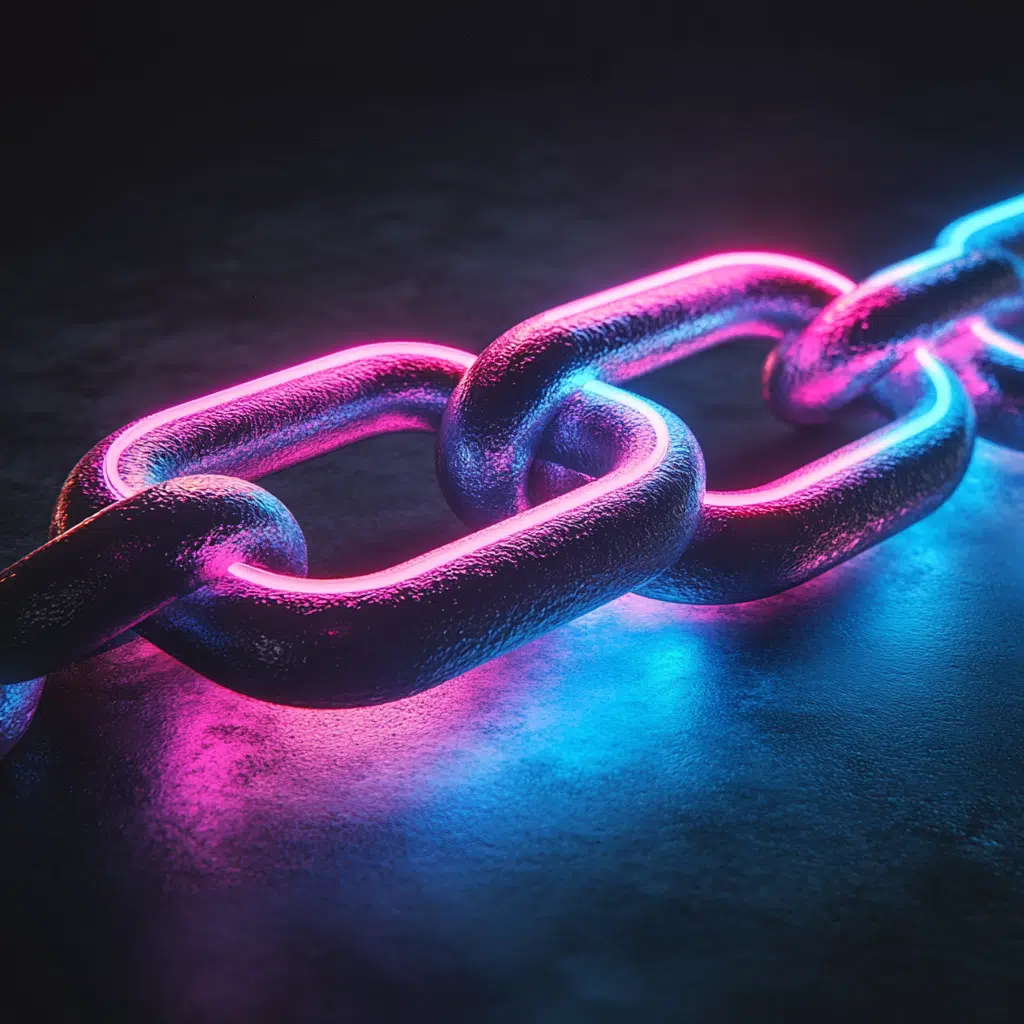Visit 404 errorsalso known as "page not found", are common problems encountered by websites. Not only do they frustrate users, but they can also harm your site's natural search engine optimization (SEO). So how can you detect, correct and prevent these errors? Discover in this article the impact of 404 errors on SEO and the best practices for managing them effectively.
Understanding the 404 error
What is a 404 error?
A 404 error occurs when the server cannot find a requested page.. This means that the URL does not lead to any resource, leaving the user with a numerical dead end. These errors can be caused by :
- Page deletion.
- A misspelled URL.
- Broken or obsolete links.
Common causes of 404 errors
404 errors can occur for a variety of reasons:
- Site migration without appropriate redirects.
- URL modifications.
- Poor backlink management.
- Accidental deletion of content.
Understanding these causes is essential to minimize their impact.
Impact of 404 errors on SEO
How do 404 errors affect SEO?
Search engines like Google regularly analyze sites to assess their quality. Repeated 404 errors can :
- Reduce the site's credibility with Google.
- Degrade SEO ranking if they affect key pages.
To prevent 404 errors from affecting your ranking, we recommend working with a Specialized SEO agency who can regularly audit your site and implement sustainable solutions.
User experience and bounce rate
A user confronted with a 404 error is more likely to leave the site immediately, thus increasing the number of errors. bounce rate. A high bounce rate can send a negative signal to search engines, indicating a poor user experience.
404 error detection
404 error analysis is an integral part of the Technical SEO. Visit the complete guide to technical SEO to discover best practices in technical problem detection and resolution.
Using Google Search Console tools
Google Search Console is an essential tool for identifying 404 errors. In the "Coverage" tab, you can view the pages that Google has detected as not found.
Analysis with crawl tools
Tools such as Screaming Frog or Ahrefs can scan your entire site for broken links or internal 404 errors.
404 error correction

301 redirects: When and how to use them
301 redirects transfer users (and search engines) to an active page. Use them for :
- Redirect a deleted URL to a similar page.
- Preserve the SEO juice of backlinks.
Update broken links
To avoid 404 errors, update internal and external links.
Preventing 404 errors
Strategies for avoiding 404 errors in the future
- Carry out regular audits.
- Maintain an up-to-date XML sitemap.
- Monitor URL modifications.
Importance of XML sitemaps
A well-designed XML sitemap informs Google of all the important pages on your site, reducing the risk of errors.
Creating a customized 404 page

The role of an optimized 404 page
A well-designed 404 page improves the user experience. Instead of frustrating your visitors, you can guide them to other parts of your site.
Best practices for designing an effective 404 page
- Include a clear, friendly message.
- Provide links to popular pages.
- Add an internal search bar.
In a context where search engines are evolving rapidly and new ones are emerging (for example, TikTok search or the launch of ChatGPT Search), your 404 page needs to stay up-to-date and optimized for all users. Find out more about TikTok and its influence on SEO and on the SEO in ChatGPT.
Tools for handling 404 errors
Plugins and SEO tools
Tools such as Yoast SEO or Rank Math allow you to easily set up redirections and monitor 404 errors.
Regular monitoring and SEO audit
Monthly or quarterly monitoring ensures that 404 errors are corrected before they impact your SEO.
Case studies
Examples of poor 404 error handling
Some companies have lost Google positions by neglecting redirects after a site redesign.
Success stories after correction
Others have seen a significant improvement in traffic after correcting errors and optimizing their structure.
Technical SEO and 404 errors
The difference between 404 and soft 404 errors
A soft 404 is a page that displays content of no real value, even though it returns an HTTP success code. Google also penalizes such pages.
The impact of mass errors
An accumulation of 404 errors can lead to the progressive de-indexing of pages by Google.
Measures to limit SEO impact
Visit best SEO agency and its expert SEO consultants can help you monitor server logs and implement effective strategies to limit the impact of 404 errors.
Server log monitoring
Analyzing server logs helps pinpoint frequent errors.
Importance of internal links
Strong internal links reduce the risk of orphan pages, which are often subject to 404 errors.
Cost-benefit ratio
Resources needed to handle 404 errors
Although error handling requires time and tools, the benefits in terms of SEO and UX more than justify the investment.
Why invest in 404 error prevention?
A 404-error-free site reflects a professional image and improves overall online performance.
FAQs on 404 and SEO errors
1. What is a 404 error and how to identify it?
This is a page that cannot be found, as detected by tools such as Google Search Console.
2. Do 404 errors directly affect Google rankings?
Indirectly, yes. They damage the user experience and increase the bounce rate.
3. What to do if a deleted page generates 404 errors?
Set up a 301 redirect to a relevant page.
4. Can a 404 page be optimized for SEO?
Yes, by integrating internal links and intuitive navigation.
5. Do 404 errors reduce crawl budget?
Yes, Google can waste resources analyzing these useless pages.
6. How long does it take to correct a 404 error?
It depends on the volume, but a good redirection tool simplifies the process.
Conclusion
404 errors are not fatal, but they do require proactive management. By adopting monitoring practices, appropriate tools and effective redirects, you can minimize their impact on your SEO. And be sure to create a user-friendly 404 page to keep your visitors coming back.